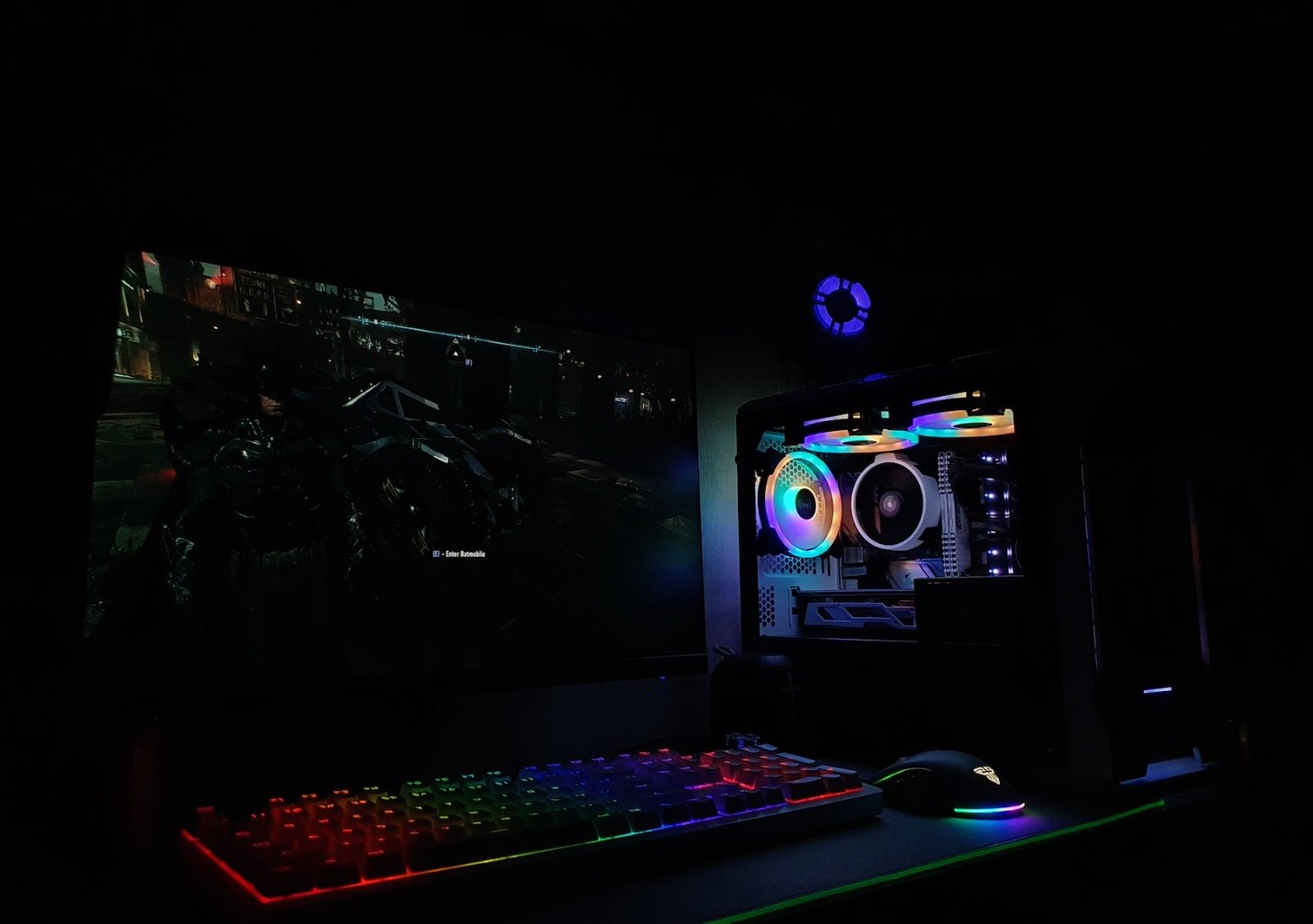The PCI-SIG has made public the specifications of the future PCIe 7.0 standard which notably concerns graphics cards. The latter will notably be able to quadruple the speeds compared to the current PCIe 5.0 standard, for even higher graphics performance.
The PCIe standard has been constantly evolving for nearly 20 years to support data exchanges between the processor and the various components (GPU, SSD, network card, etc.) of a computer in an ever more efficient manner. We now know the official specifications (but probably not quite final) of its version 7.0.
If its complete finalization will not arrive before 2025, PCIe 7.0 is therefore now unveiled, at least in outline, by the PCI-SIG, a consortium made up of representatives of the main players in the industry (AMD, Dell , HP, Nvidia, IBM, Intel or Qualcomm).
Initially, this new standard will mainly concern high-performance computing, quantum computing, the aerospace industry, or more modestly servers and the cloud, before gradually moving towards the general public to replace the PCIe standard. 6.0. The latter was first unveiled at the end of 2020 and is expected soon on PC, with a deployment window announced between 2023 and 2024.
Simply impressive speeds.
Remember that at this stage, however, the market remains mainly focused on the PCIe 5.0 standard, presented in 2019 and which has just been adopted by the latest generation processors and graphics cards. As you will have understood, the PCIe 7.0 which interests us today is therefore a standard of the future… in the literal sense.


Source: PCI-SIG via TechPowerUp
Having made these details, it must be admitted that the specifications put forward by the PCI-SIG are mouth-watering. In version 0.3, the PCIe 7.0 standard is supposed to offer a bandwidth of 128 GT/s, and up to 512 GB/s of bi-directional speeds in the context of an x16 configuration. For comparison, the bandwidth of the current PCIe 5.0 is limited to only 32 GT/s, or four times a month. It should be noted, however, that quadrupling the speeds is starting to become a habit for the PCIe standard. This same performance gap was already promised between versions 4.0 and 6.0 three years ago.
In parallel, the PCI-SIG also evokes an even lower latency for PCIe 7.0, as well as increased energy efficiency. Backward compatibility is also announced with all previous generations of the PCIe standard. So many details that give us a small glimpse of the future of our fixed and portable PCs, but also of our game consoles and other electronic devices of our daily life.
Want to join a community of enthusiasts? Our Discord welcomes you, it’s a place of mutual aid and passion around tech.
